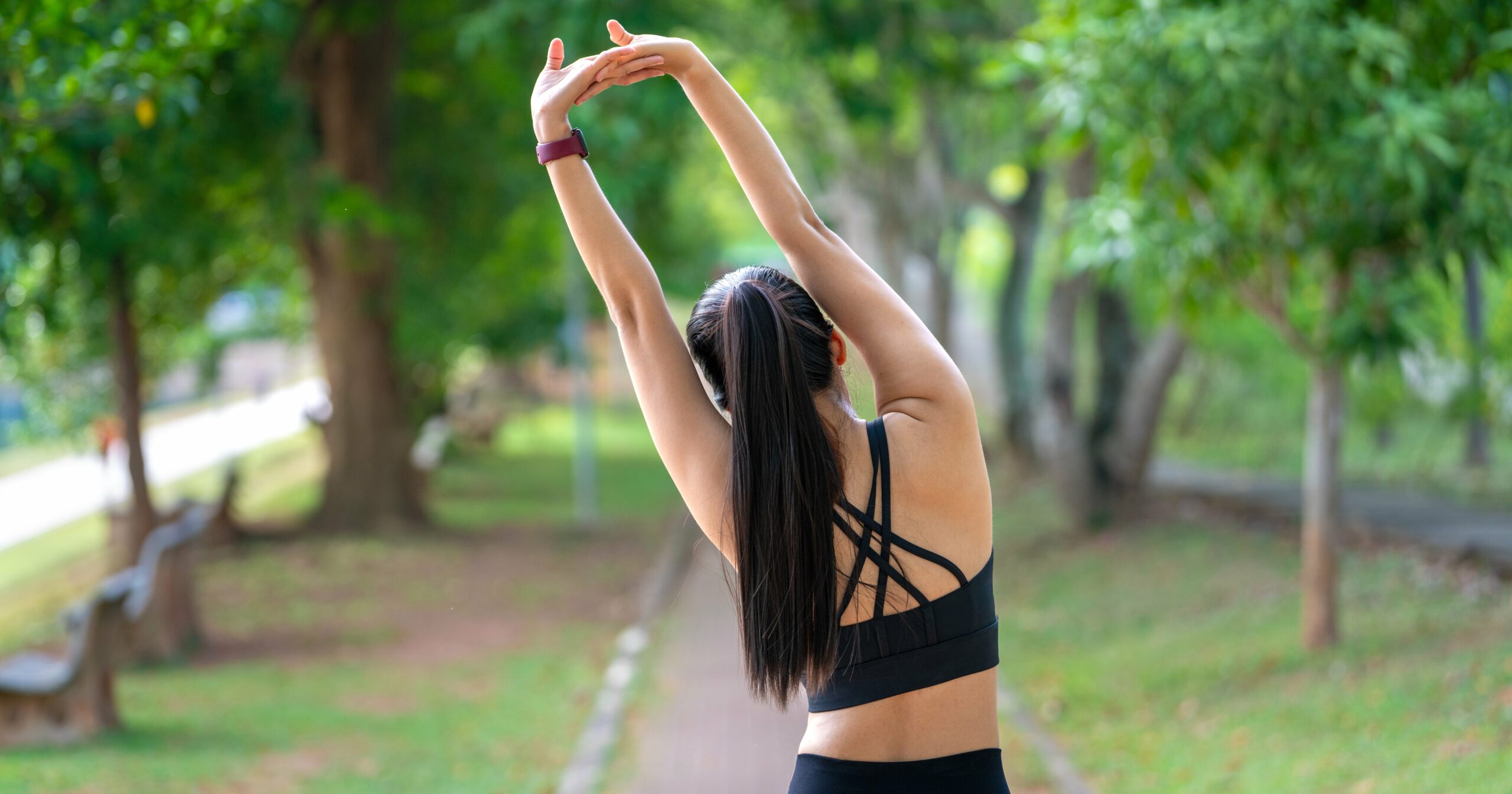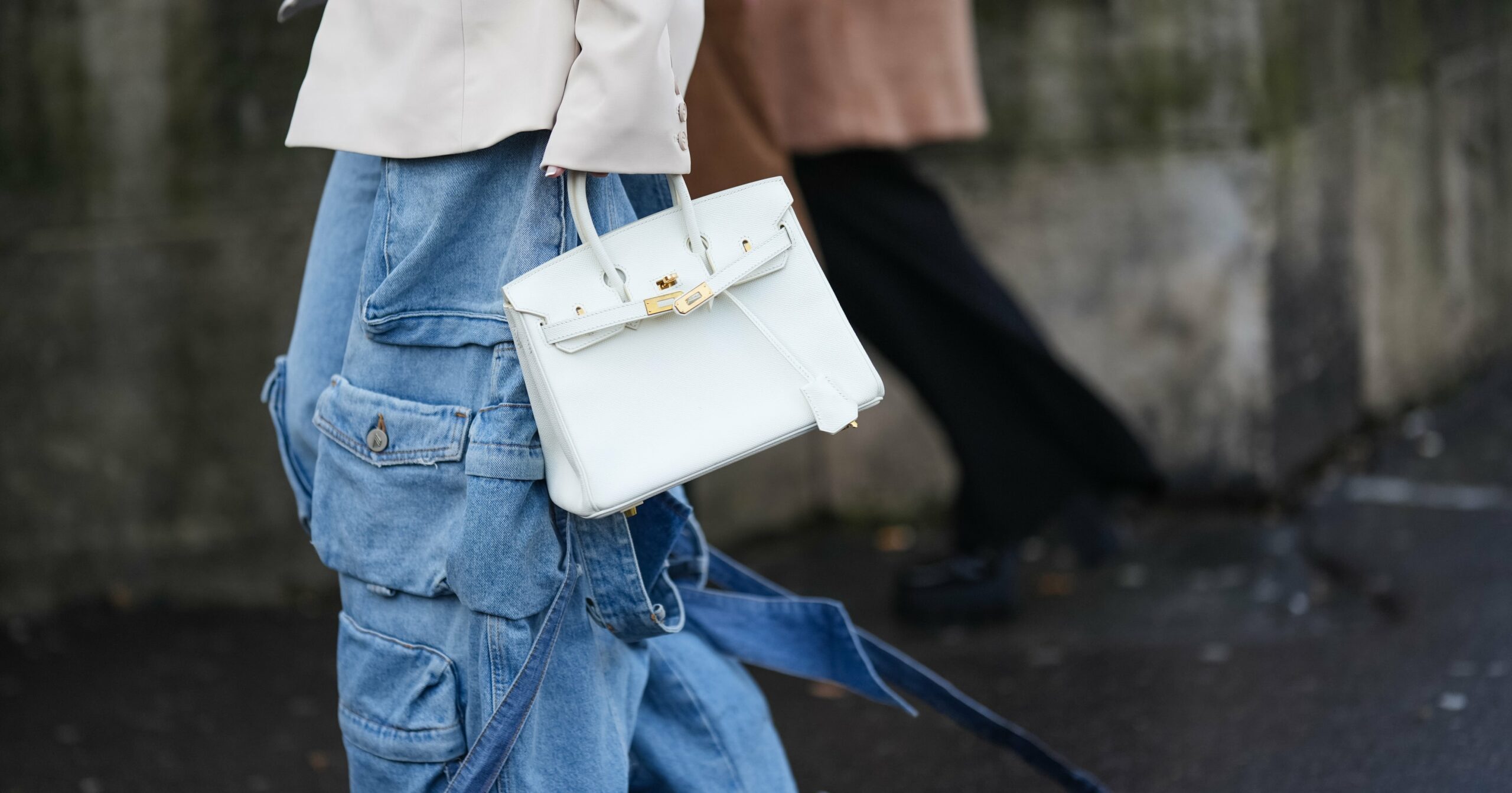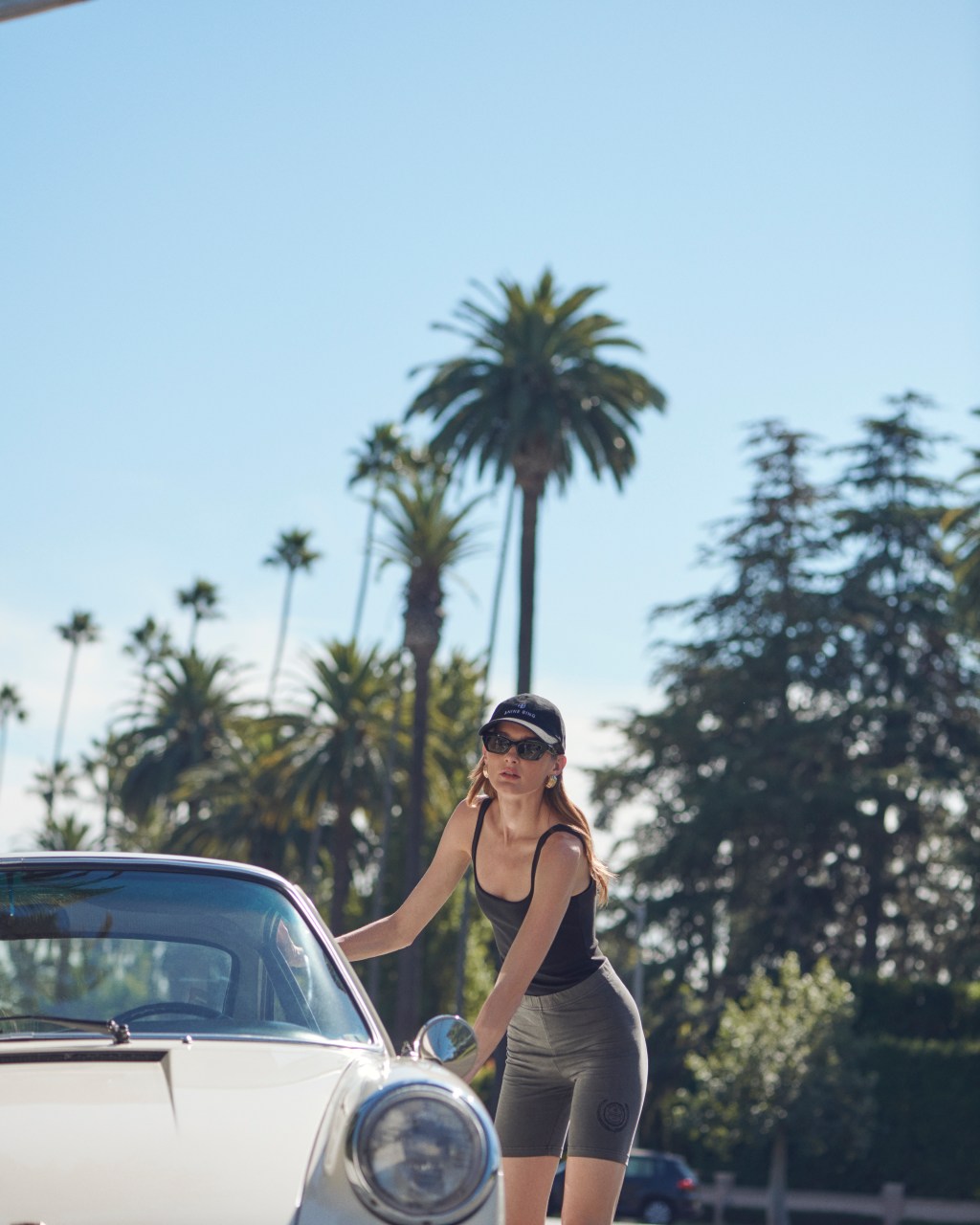Finding the perfect time to work out sometimes feels impossible. While an early morning workout necessitates a dreaded 5 a.m. alarm, the crowded evening gym and mounting anxiety as the day passes is almost worse. Even the biggest fitness enthusiasts can admit that it’s hard to find that sweet spot in your schedule, and everyone seems to have a different opinion about what time of day is most effective for achieving your fitness goals. Is it better to work out first thing in the morning – as so many fitfluencers suggest – if only to get it over with before the day spirals into chaos? Or is it OK to exercise with that final spark of energy later in the night?
The more digging you do, the more it seems like there’s no right answer – and according to experts, that’s not an unfair conclusion. When we first asked our experts about the best time of day to work out, we expected a simple answer. But given that both morning workouts and evening workouts have their pros and cons, their thoughts might surprise you. If you’ve ever wondered if it’s better to work out in the morning or at night, read on to see what trainers and fitness experts recommend.
Experts Featured in This Article:
Morgan Rees, is an ACE-certified personal trainer, nutrition specialist, and health coach in Los Angeles.
Sarah Pelc Graca is a NASM-certified personal trainer, certified nutrition coach, and founder of Strong With Sarah.
Jess Rose McDowell is an ACSM-certified trainer in sports medicine and cycling.
Is It Better to Work Out in the Morning or at Night?
There really isn’t one time that’s best for all people to work out. It mainly depends on your personal preferences and existing habits. According to Morgan Rees, an ACE-certified personal trainer, the best time of day to work out is simply the one that fits into your routine. “Some people work out in the morning because their schedule only allows that time,” she tells PS. “Others work out in the morning because they genuinely love being active in the morning. I have always enjoyed working out in the evening because I have the most energy in the afternoon and early evening.”
However, morning and evening workouts do have unique benefits that may influence you to choose one over the other. “Some research has suggested that people who exercise in the morning tend to have better habits of establishing exercise as a routine,” says Sarah Pelc Graca, a NASM-certified personal trainer. Rees adds that working out triggers the release of endorphins, so if you work out in the morning, you may feel more alert and prepared for the day. Plus, getting your workout in early can help you feel more settled in the evenings, potentially leading to better sleep.
There are also physical benefits to working out in the morning. A 2022 study published in the journal Frontiers Science Communications suggests that women who work out in the morning may lose more abdominal fat than those who work out in the evening (although participants saw increased health and fitness benefits in both time blocks). Jess Rose McDowell, an ACSM-certified trainer in sports medicine and cycling, adds that working out in the morning gives you more opportunity to continue to burn active calories throughout the day and to properly fuel your body to build muscle mass.
On the other hand, working out at night gives your body ample time to recover and more opportunity for muscle development overnight. It may even improve your sleep, McDowell says, in part because it allows you to release the stress that’s built up throughout the day. To that end, if you tend to feel less anxious after a workout, Rees suggests exercising at night. “[Exercising at night] can relax the mind prior to sleep, allowing for deeper rest,” she explains. Exercise typically creates a burst of energy and endorphins, though, so aim to finish a night workout at least two hours before bedtime.
Do You Need to Work Out at the Same Time Every Day?
Our experts agree that it’s OK to work out at any time, on any given day, if that’s what you need to do to fit it into your schedule. However, they do say that planning ahead is the best way to stay consistent. “It’s best to choose a time when you’re feeling the most energized and ready to take on a workout. This is a personal decision that will look different for everyone,” Pelc Graca says. “What’s most important is that you find the time of day to exercise when you’ll feel your best, be motivated to complete your workout, and that fits nicely into your daily routine so you can remain consistent.”
To figure out what works best for you, Pelc Graca suggests working out one day in the morning and the next at night, then seeing how you feel (and which timeframe better suits your schedule). “This will determine what time of day you should be working out,” Pelc Graca says, although she notes that if you can’t stick to your normal routine one day, it’s fine to switch things up.
It’s also totally OK to skip a workout if you’re just not feeling it that day or have other things weighing on you. “Listen to your body and mind,” McDowell says. “If you’re on the verge of burnout, do not work out. Rest and recovery are key.” That said, she does encourage people to get moving at least 15 to 20 minutes a day, whether that’s a quick workout, a hot girl walk, cozy cardio, or just some simple stretching. “As you continue to show up for yourself through physical activity, it’s more likely you’ll continue and start experiencing results that will drive you to want more,” McDowell says.
– Additional reporting by Maggie Ryan and Chandler Plante
Sydni Ellis is a PS contributor with her master’s degree in journalism from the University of North Texas. She loves talking about her passions, including writing, shopping, and reading murder mysteries.
Maggie Ryan was an assistant editor at PS. A longtime runner and athlete, Maggie has nearly four years of experience covering topics in the wellness space, specializing in fitness, sports, nutrition, and mental health.
Chandler Plante is an assistant editor for PS Health and Fitness. She has over four years of professional journalism experience, previously working as an editorial assistant for People magazine and contributing to Ladygunn, Millie, and Bustle Digital Group. In her free time, she enjoys finding new ways to rock her 18(!) different eye patches, and making videos about chronic illness, beauty, and disability.




